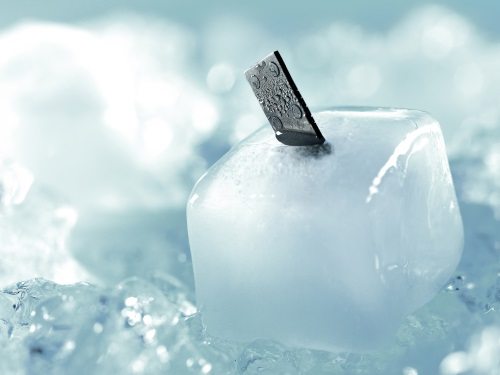Three companies presented a proof‑of‑concept wine cooler refrigerated by a magnetocaloric heat pump at the International Consumer Electronics Show in Las Vegas, Nevada, the US from January 6-9, 2015.
Developed by household appliances maker Haier, technology company Astronautics Corporation of America, and BASF, the magnetocaloric heat pump is a cooling device based on magnetocaloric materials meant as an alternative to traditional compressor-based refrigeration technology.
Magnetocaloric materials heat up when put in a magnetic field and cool down when removed from the magnetic field.
In the magnetocaloric heat pump, heat is transferred from the cold interior of the wine cooler to the warm surrounding air by shuttling a water‑based coolant through the magnetocaloric materials as they go in and out of the magnetic field.
One key to success is a class of functional materials based on manganese and iron developed by BASF and its partner Delft University of Technology, the Netherlands.
The magnetocaloric materials consist of abundant and affordable raw materials, which feature high performance across the whole range of temperatures relevant to refrigeration as well as high volume stability under operating conditions.
BASF will sell these materials under the Quice brand.
Astronautics provided the expertise to integrate the new materials into the magnetocaloric heat pump.
Using BASF’s magnetocaloric materials, Astronautics developed the magnetocaloric heat pump and along with Haier integrated it into the prototype wine cooler.
Theoretical studies demonstrate that refrigeration systems based on the magnetocaloric effect can be up to 35% more energy-efficient than vapor compression systems.
Furthermore, cooling systems based on magnetocaloric materials will operate with less noise due to the absence of a compressor.
This technology makes use of water-based coolants instead of gaseous refrigerants.
Haier contributed its knowledge of household appliances and led the prototype development of the wine cooler, which is now equipped with the magnetocaloric heat pump.










